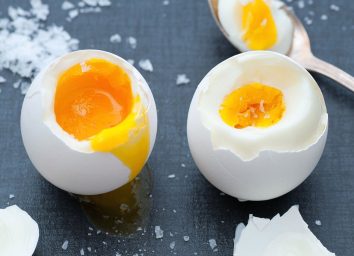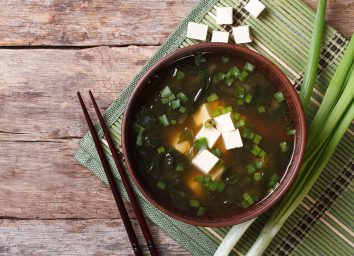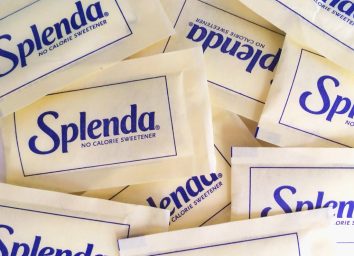The 13 Best and Worst Types of Fats For Your Health
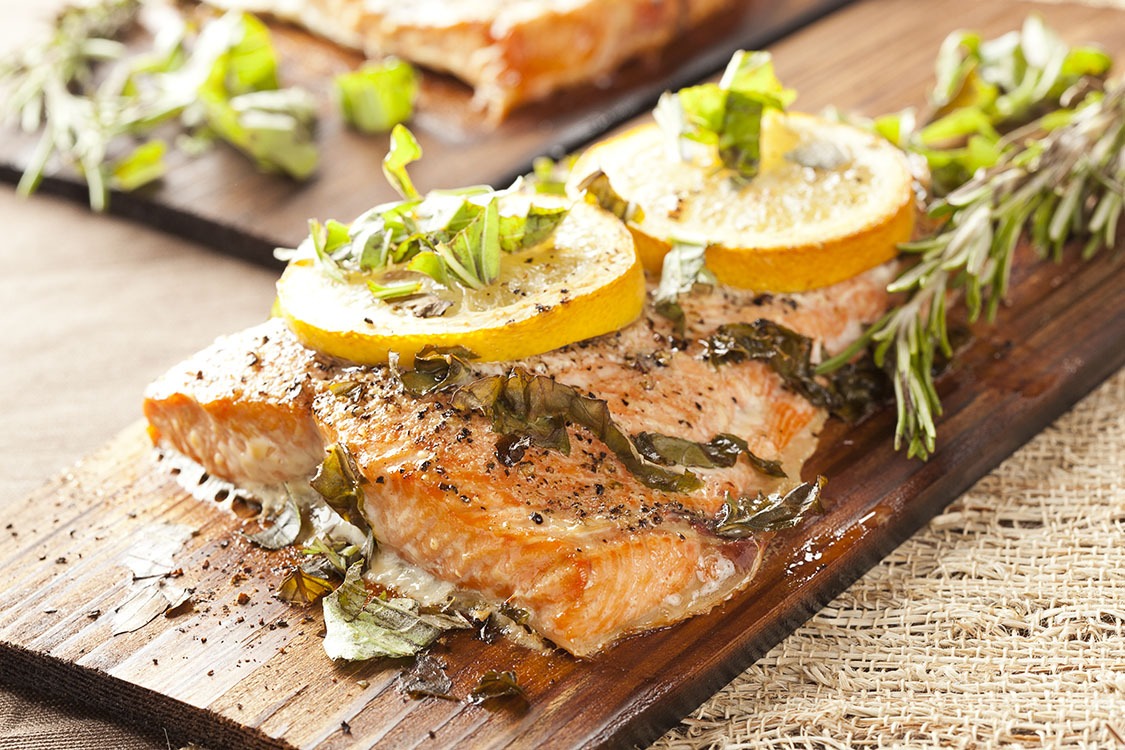
First, fat was bad for you. Now it’s good for you, but only certain kinds. And in moderation. Oh, and nutrition labels aren’t that helpful in separating the “good” fats from the “bad” fats — no wonder people are confused about what dietary fat they should be eating.
Fat was the number-one diet demon in the decades following the 1950s after research claimed saturated fat raised cholesterol levels and thus contributed to heart disease. This led to the low-fat, high-carb diet craze of the next few decades, which backfired big time: Americans grew fatter than ever, and an epidemic of metabolic diseases ensued including obesity, type 2 diabetes, high blood pressure, and—ironically—high cholesterol. Subsequent studies have since proved that saturated fat doesn’t, in fact, affect blood cholesterol and heart disease the way it was once believed to.
It turns out, the most dangerous types of fat are actually trans fats, which studies have shown raise LDL or “bad” cholesterol, and lower HDL, or “good” cholesterol. They’re so bad, the FDA moved to eliminate trans fats entirely from the food industry, giving companies until 2018 to remove artery-clogging trans fats from their products. Areas that have already banned trans fats have seen positive effects; a study published in the Journal of Health Economics found that after 11 New York counties enlisted a ban on trans fats from restaurants in 2007, there was a 4.5 percent reduction in deaths related to cardiovascular disease. Another study published in JAMA Cardiology found a significant decrease in strokes just three years after the ban was implemented.
So bring on the avocados and walnuts, and banish the vegetable oil; there’s a reason trans fats are on our list of the 50 Unhealthiest Foods on the Planet.
How Much Should You Be Eating
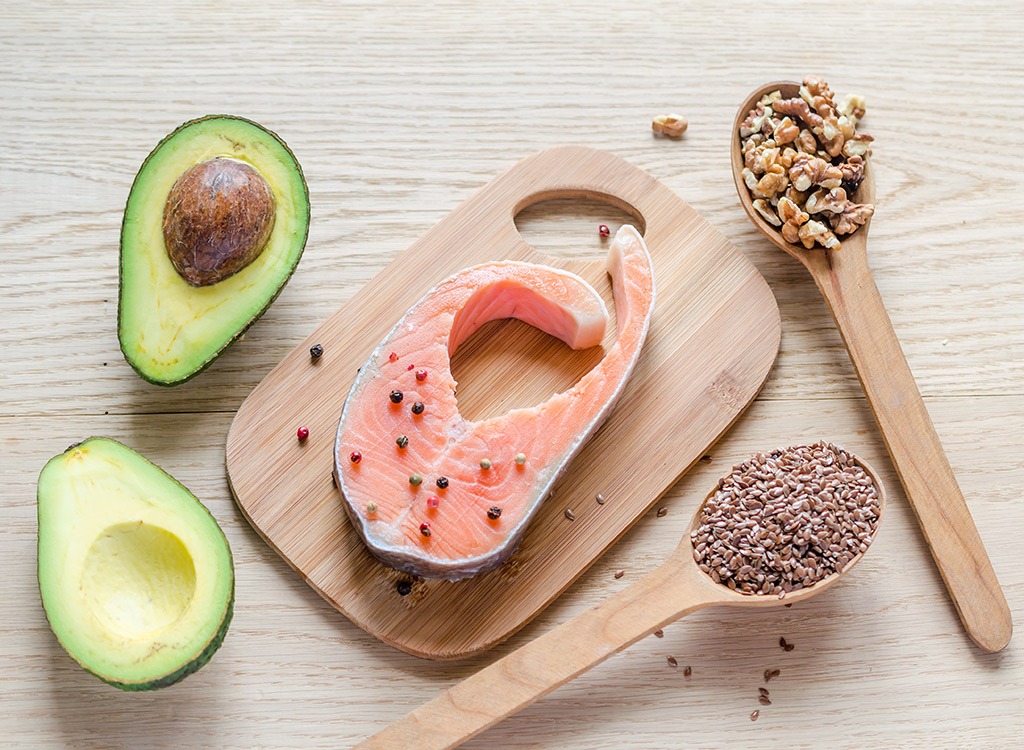
The Dietary Guidelines recommend a total of 65 grams of fat daily, or between 30 and 35 percent of your total calories. Make sure these fats are from minimally-processed foods, and are primarily heart-healthy, polyunsaturated omega-3 fatty acids (ALA, DHA, and EPA), monounsaturated fats (OEA), and the trans fat conjugated linoleic acid (CLA), as well as some medium-chain saturated fats like stearic acid and lauric acid.
On the other hand, stick to foods that have low levels of inflammatory omega-6 fatty acids and other saturated fats (palmitic acid). And make sure to completely avoid manmade trans fats (partially hydrogenated oil). According to the Dietary Guidelines, an easy way to do this is to lessen consumption of the top sources of unhealthy saturated fats like burgers, pizza, meats, vegetable-oil-fried foods, and processed snacks, as well as foods fried in trans-fat-laden oils.
Although healthy fats can help control blood sugar and keep hunger pangs at bay, remember that fats still have more calories than protein and carbs (9 calories per gram of fat compared to only 4 calories per gram of carbs as well as protein). So it’s best to space out your intake throughout the day. Control how much you’re eating by eating healthy fats in moderation, and try to stick to a single serving of healthy fat per snack or meal.
Saturated Fats
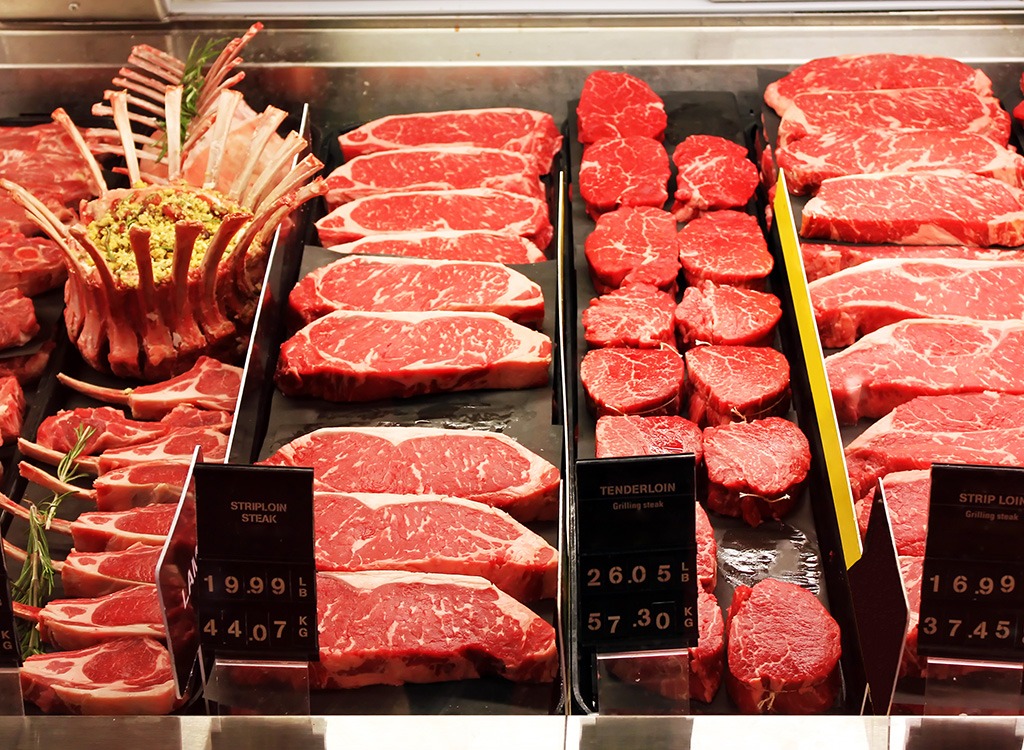
Saturated fatty acids are composed of chains that are made up of only single bonds. Because this orientation is ordered and relatively straight, it is easy for these kinds of fats to pack together tightly, which is a reason why saturated fats—butters, the fats in red meats, and coconut oil—are solid at room temperature. Many studies, including a comprehensive meta-analysis in the Annals of Internal Medicine, have concluded that there is no significant evidence that saturated fat increases your risks for cardiovascular diseases, and consuming the right types of saturated fat in moderation can actually help you torch body fat.
GOOD GUY: Lauric Acid
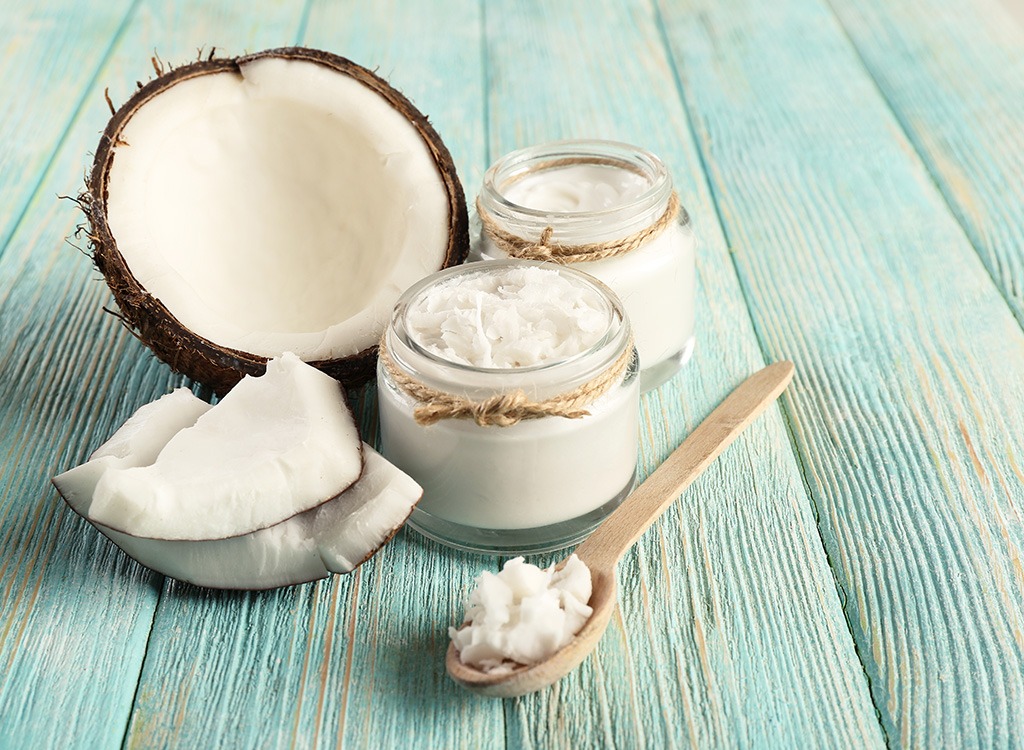
Sources: Coconut oil, palm kernel oil (not to be confused with palm oil)
What it does: The body doesn’t convert medium-chain saturated fatty acids, also known as medium-chain triglycerides, into body fat as easily as it does with other types of dietary fat. That means it’s less likely to be stored in your body and more likely to be burned for energy. Lauric acid acts as an antimicrobial when used externally, which means a slathering of coconut oil can help stave off infections by killing bacteria. And while lauric acid does increase total cholesterol levels more than many other fatty acids, most of this rise is because of the increase in high-density lipoprotein (HDL), the “good” cholesterol. Reap the benefits with these 20 Coconut Oil Recipes That Will Shrink Your Waist!
GOOD GUY: Stearic Acid
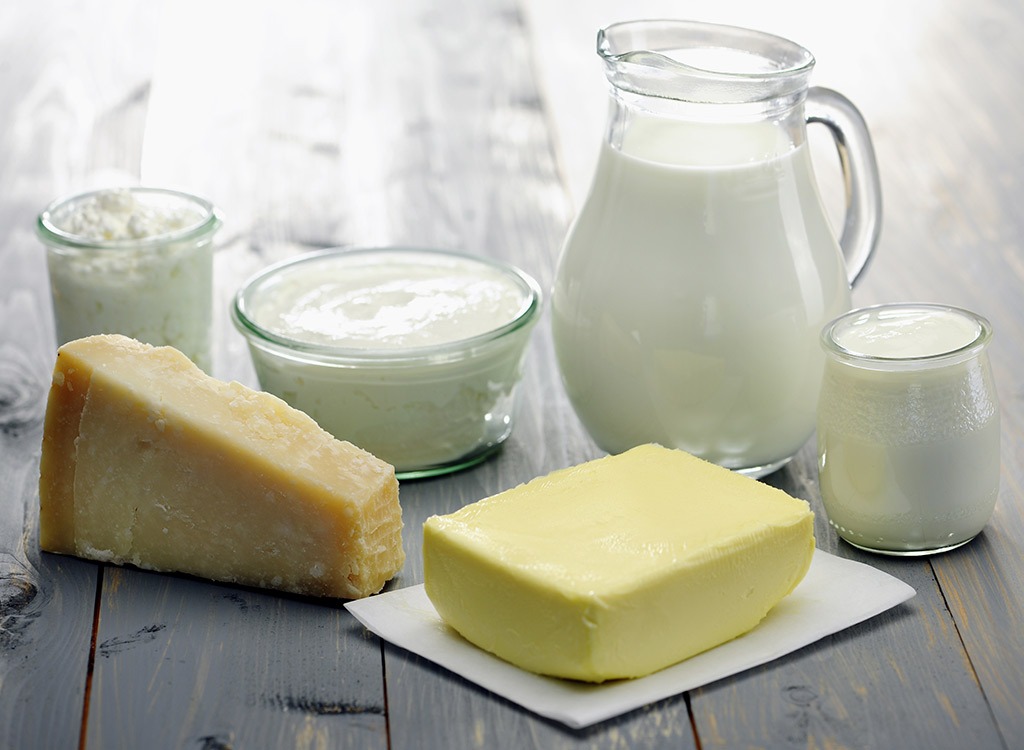
Sources: Cocoa butter, shea butter, grass-fed beef, milk, and butter
What it does: Stearic acid is a type of long-chain saturated fat, whose long length contributes to its digestion-slowing properties—which can help flatten your belly by keeping you fuller longer. It plays a key role in regulating the performance of mitochondria, the energy-producing powerhouses of our cells. And in clinical studies, stearic acid was found to be associated with lowered LDL cholesterol and inflammation in comparison to other saturated fats. As for where you can get stearic acid on the reg? Grass-fed beef is higher in stearic acid and lower in unhealthy palmitic acid than conventionally raised beef, and dark chocolate that’s higher than 70 percent cacao has the most stearic-acid-containing cocoa butter.
BAD GUY: Palmitic Acid
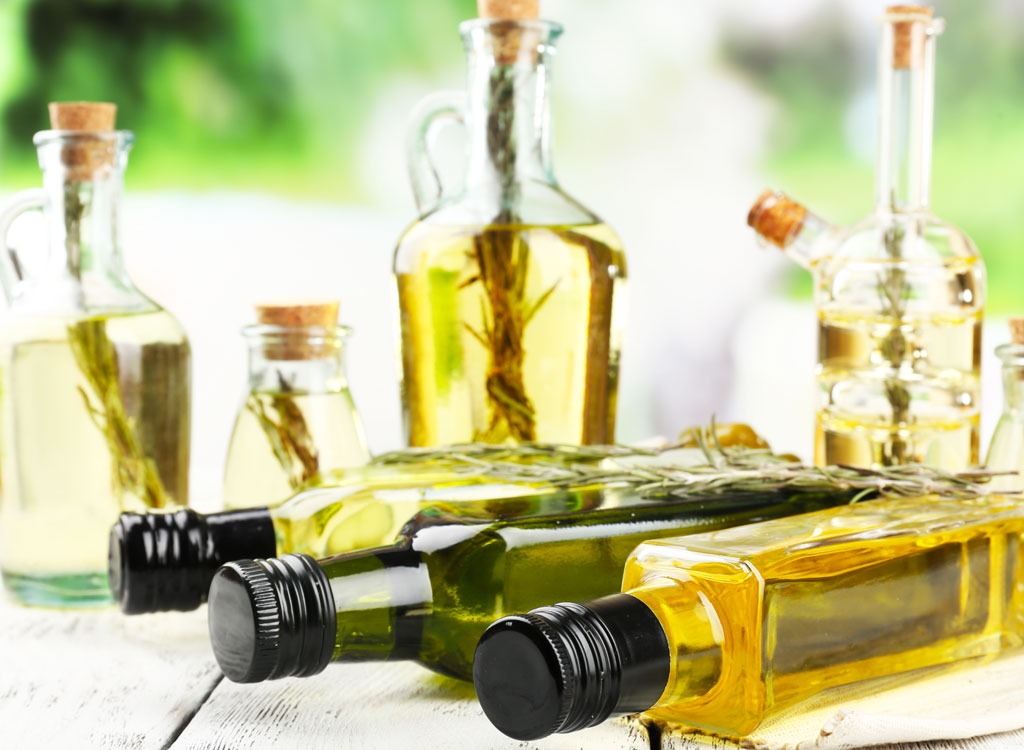
Sources: Palm oil, conventionally raised animal fats
What it does: Excess carbohydrates in the body are converted into palmitic acid. As a result, it is a major body component of animals, but even more so in conventionally-raised, grain-fed animals than in grass-fed animals. Palmitic acid may increase your risk of heart disease due to its effect on cholesterol levels: a meta-analysis in the Journal of Nutrition found that palm oil significantly increases low-density lipoprotein (LDL), or bad cholesterol, compared with vegetable oils low in saturated fat. On top of that, a separate study found that rats fed a diet of palmitic acid and carbs showed a suppression of the body’s signaling from leptin and insulin, the key hormones involved in weight regulation and appetite suppression.
MonounsaturatedFats
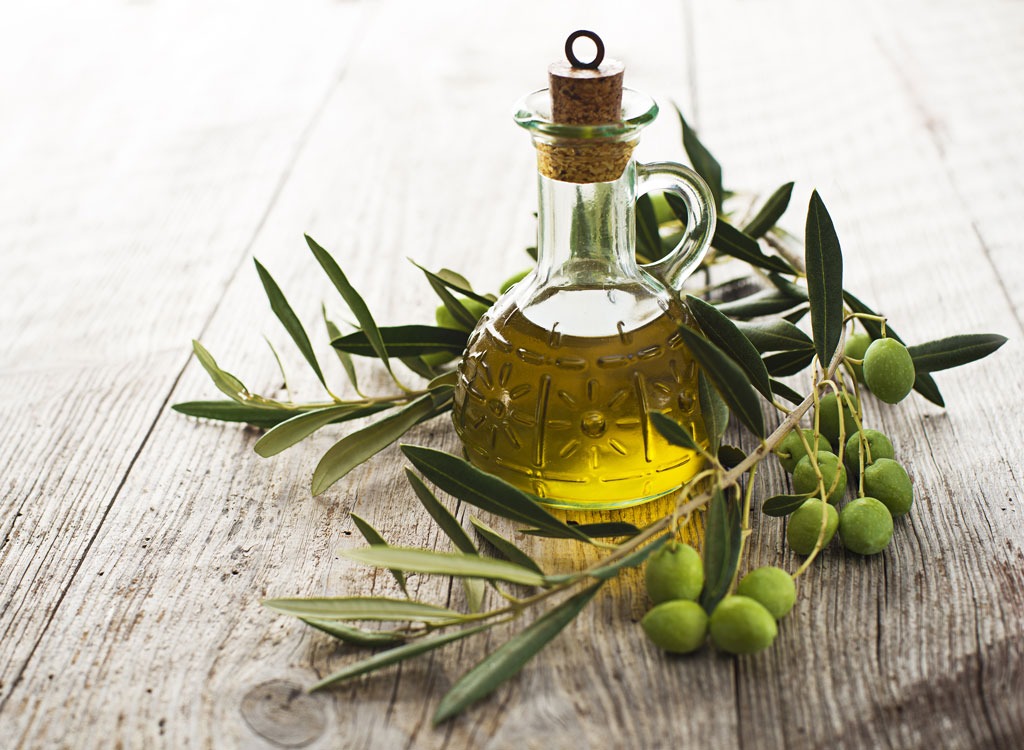
The next essential fats are monounsaturated fats, which are comprised of fatty acid chains that have only a single double bond, or kink. Having this one double bond means that that they can’t pack as tightly together. Because of this, monounsaturated fats—like olive oil—are liquid at room temperature. Another important point is that the fatty acid chain is in the “cis” formation, meaning the chain before the double bond and after the double bond are on the same side. The other orientation is “trans”… more on that soon.
GOOD GUY: Omega-9s
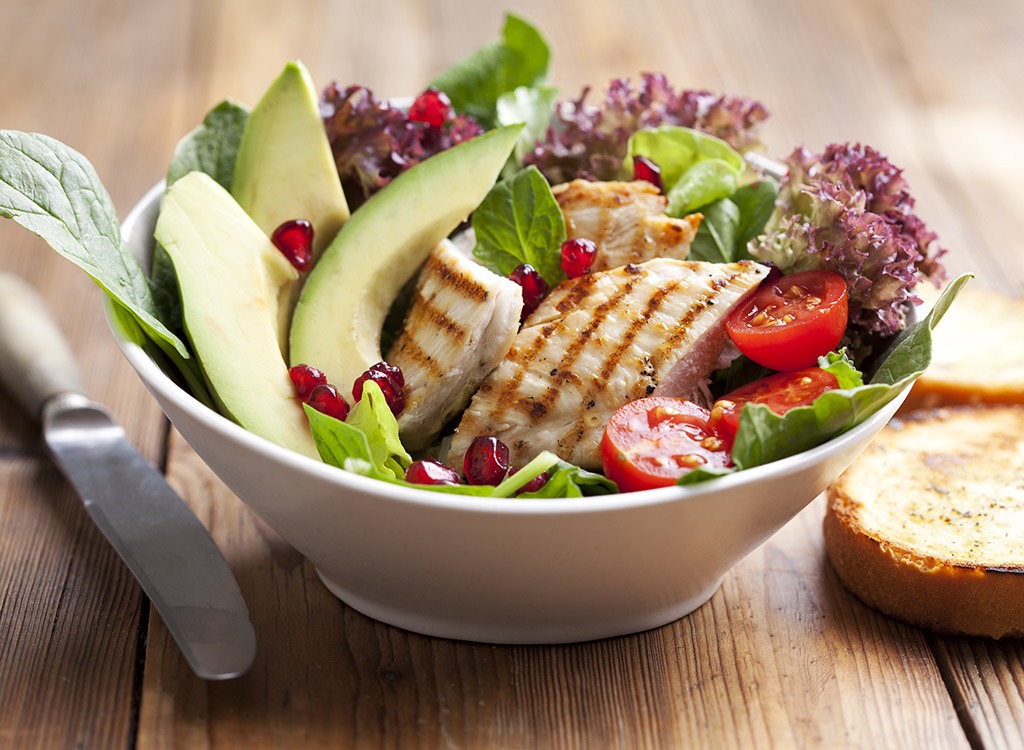
AKA: Oleic acid (OEA)
Sources: Olive oil, avocadoes, walnuts, canola oil, peanut oil, macadamia nuts
What it does: Oleic acid (OEA), also known as Omega-9, is the primary monounsaturated fat found in olive oil, but it’s also found in sunflower oil, grapeseed oil, and sesame oil. Oleic acid can help reduce appetite and promote weight loss. Studies have shown that a higher intake of monounsaturated fat may raise the “good” high-density lipoprotein (HDL) cholesterol without raising the “bad” low-density lipoprotein (LDL) cholesterol. It’s also been found to enhance uptake of essential fat-burning nutrients compared to other oils while down-regulating expression of certain fat genes. Additionally, research out of the University of California, Irvine, found that this particular type of fat boosts memory. What are you waiting for? Serve up some oleic acids in these 15 Breakfast Salads Worth Waking Up For.
PolyunsaturatedFats
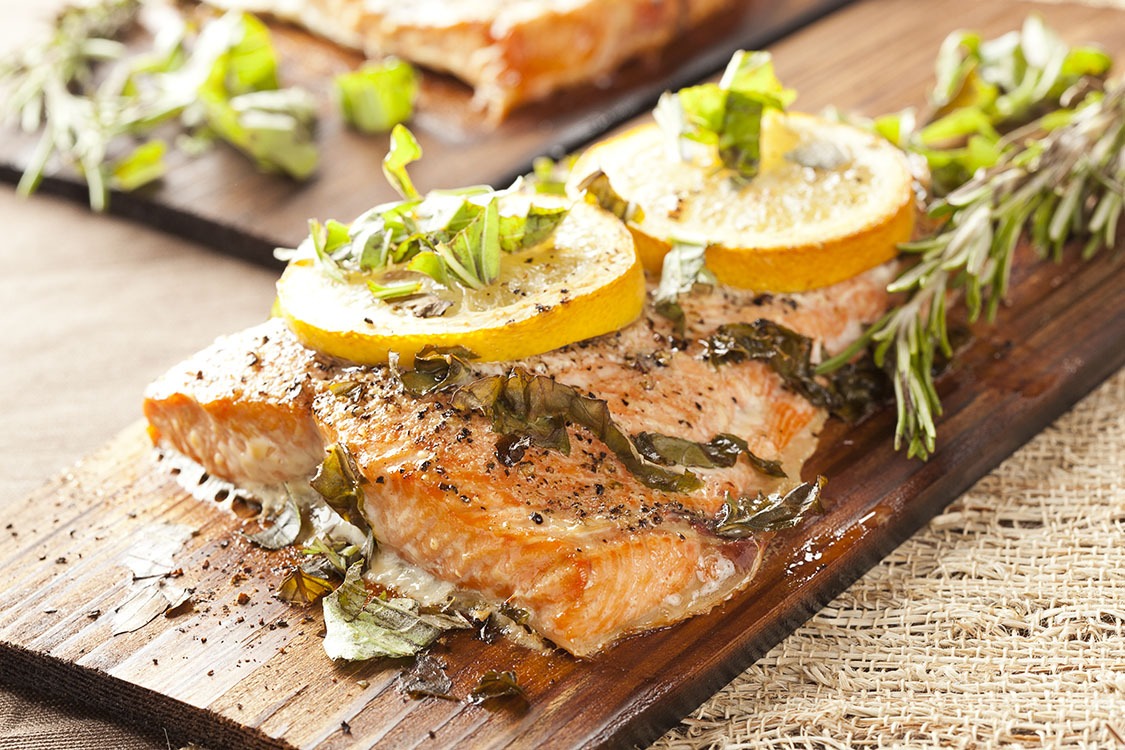
Polyunsaturated fats are considered “essential fatty acids”—meaning that our body needs them to thrive, but can only get them through dietary means—and they are made up of chains with two or more double bonds. The more double bonds, the harder it is for the fatty acid chains to pack together. Sounds good, right? Well, only sometimes. In fact, the term “polyunsaturated fats” encompasses a group of at least 18 different kinds of fatty acids, which are then split into two types: omega-3s and omega-6s.
Omega-3Fatty Acids
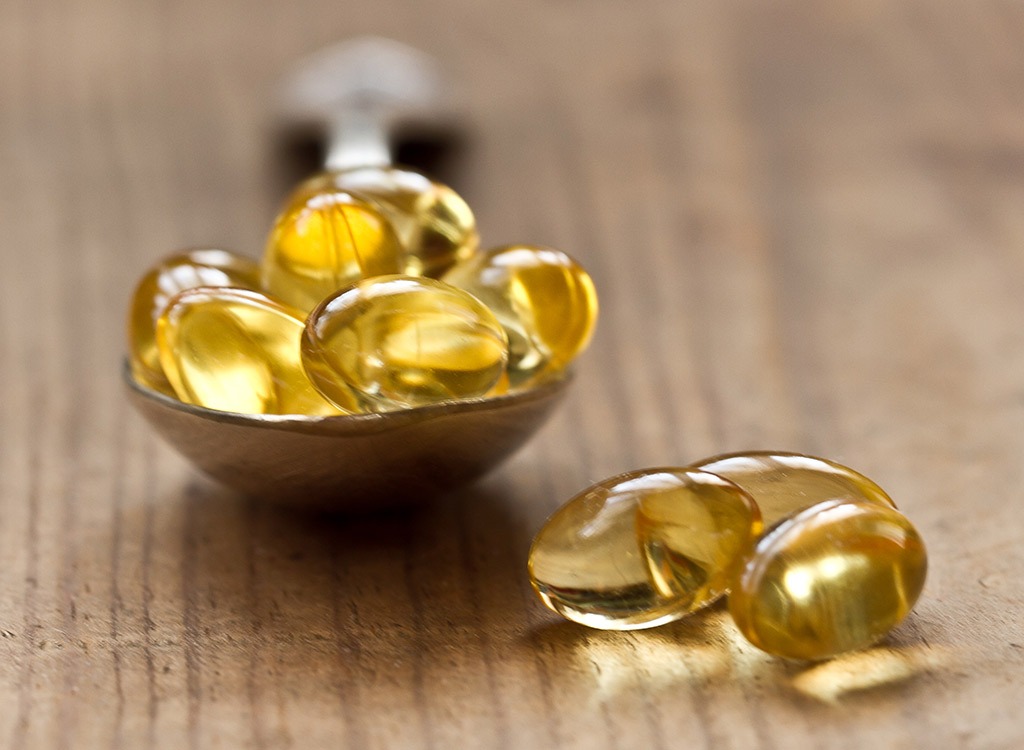
The famous omega-3 fatty acids come in 11 different forms, but the three that are essential for humans are ALA (alpha-linolenic acid), DHA (docosahexaenoic acid), and EPA (eicosapentaenoic acid). They have been proven to aid in reducing inflammation, cholesterol levels, body fat, and hunger, can help mitigate arthritis and asthma symptoms, and minimize your risk of Alzheimer’s and depression. Want to get more omega-3s in your diet? Check out these 15 Best Omega-3 Superfoods.
GOOD GUYS: EPA and DHA
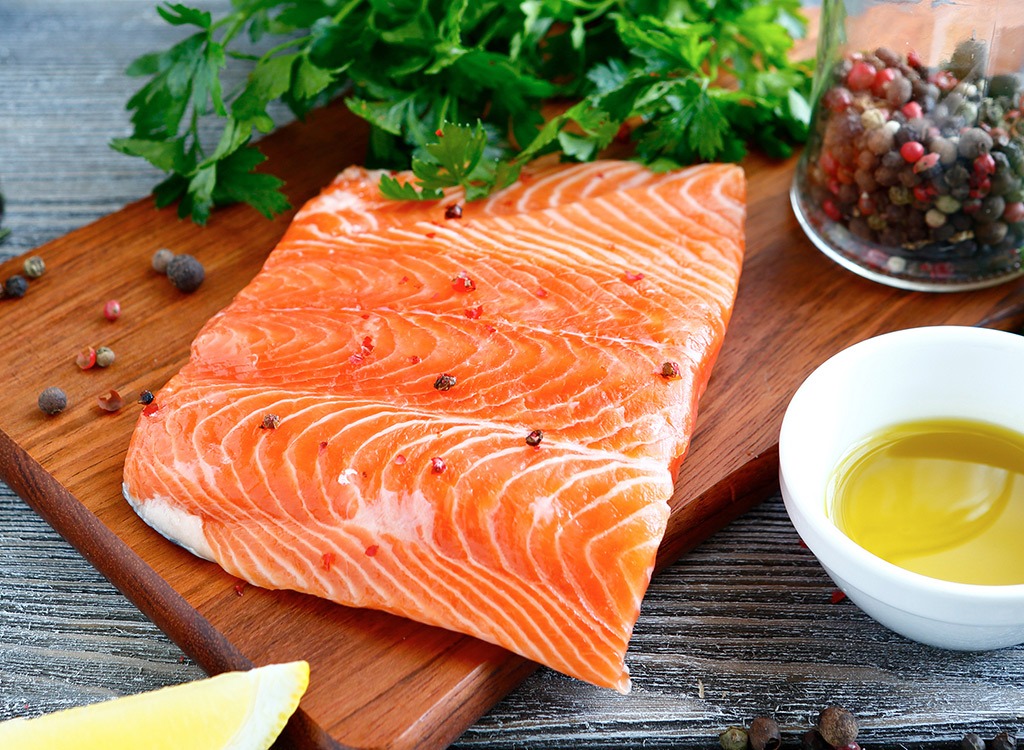
AKA: Eicosapentaenoic acid (EPA) and docosahexaenoic acid (DHA)
Sources: Fish, algae supplements like spirulina
What they do: EPA and DHA are the sea-based versions of omega-3s. Research shows that they are more active in the body than ALA (the plant-based version) at controlling inflammation and belly fat. A report in the journal Nutrition in Clinical Practice found that these omega-3s decrease the production of cytokines—inflammation-promoting compounds produced by harmful belly fat—and improve fat metabolism by altering the expression of inflammatory genes. Not only that, but other studies connect their intake with a reduced risk of heart disease and Alzheimer’s. DHA, in particular, has been found to be essential in the growth and development of infants’ brains as well as for normal brain function in adults. To get some extra DHA in your diet, pick up sardines, sockeye salmon, rainbow trout, or canned light tuna—some of our favorite fish for weight loss.
GOOD GUY: ALA
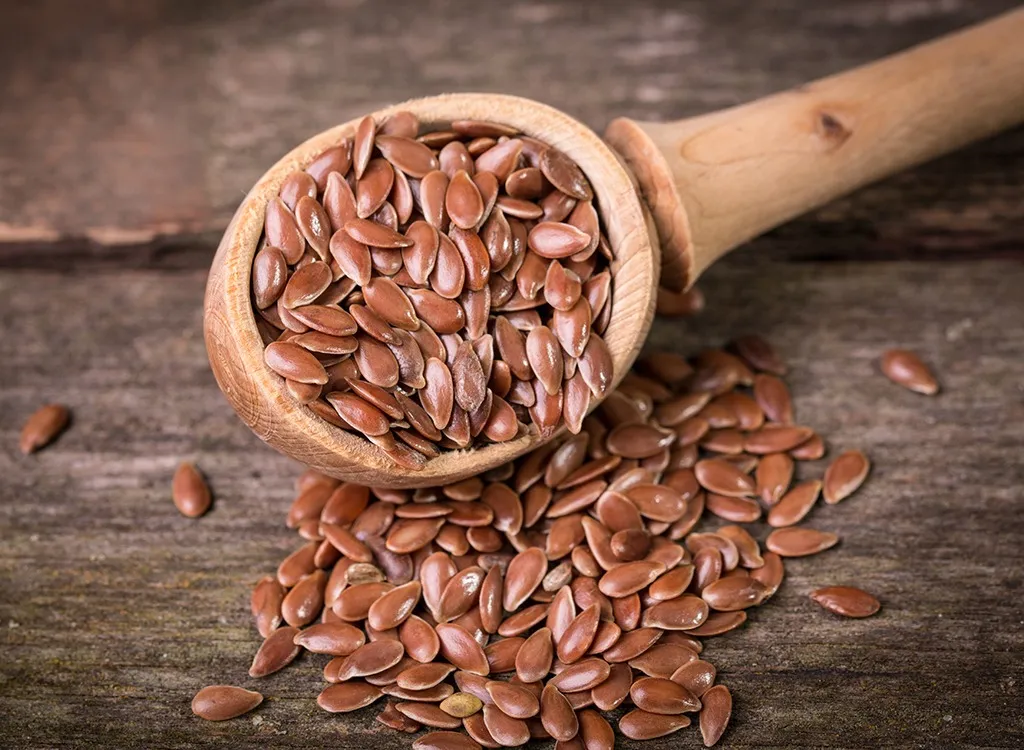
AKA: Alpha-linoleic acid (ALA)
Sources: Flaxseeds, chia seeds, walnuts, kiwi, hemp, canola oil, grass-fed beef
What it does: ALA is an omega-3 and an essential fatty acid, meaning it cannot be produced by the body. Like all omega-3s, it helps to reduce appetite, control inflammation and promote weight loss, and studies specific to ALA have found it plays a role in reducing risk of heart attacks, lowering cholesterol levels as well as blood pressure. But because our body has to convert ALA into the active forms of EPA and, more importantly, DHA before it can be used, some researchers suggest you’d have to increase your intake of ALAs to get an equal benefit as the fish-based sources. A surprising bonus, grass-fed beef is higher in omega-3s than their conventionally-raised counterparts because grass contains higher levels of ALA than corn or soy.
Omega-6Fatty Acids
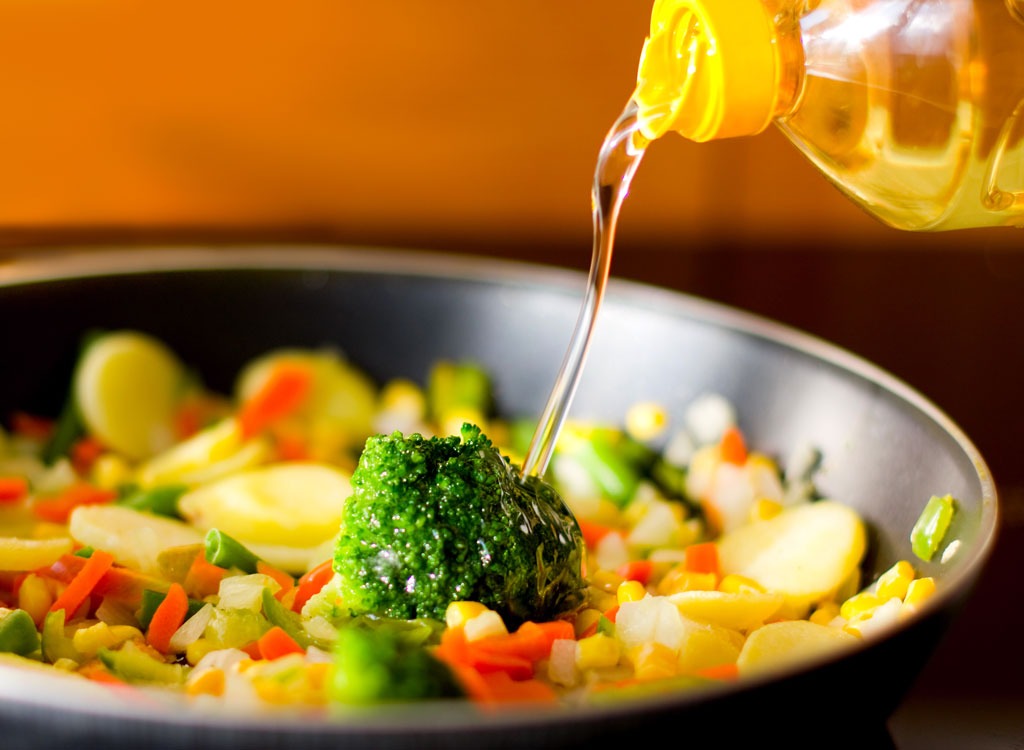
A healthy diet has an equal ratio of omega-3s to omega-6s, but the average American diet now has from 14-25 times the amount of omega-6s than we really need, according to an analysis by researchers at the University of Maryland Medical Center. The researchers say that the increased consumption of linoleic acid (LA)—which is found in the vegetable oils that all our fatty foods are fried in—has been a primary driver of our increased levels of omega-6s. Too much omega-6 in your diet can lead to inflammation, overeating, weight gain, and heart disease. So while omega-6s are still essential fatty acids, and have a rightful place in your diet, if you’re eating fried foods on the reg, you might need to cut back on your intake. Help combat the inflammation with these 20 Anti-Inflammatory Foods for Weight Loss!
GOOD GUY: Arachidonic Acid
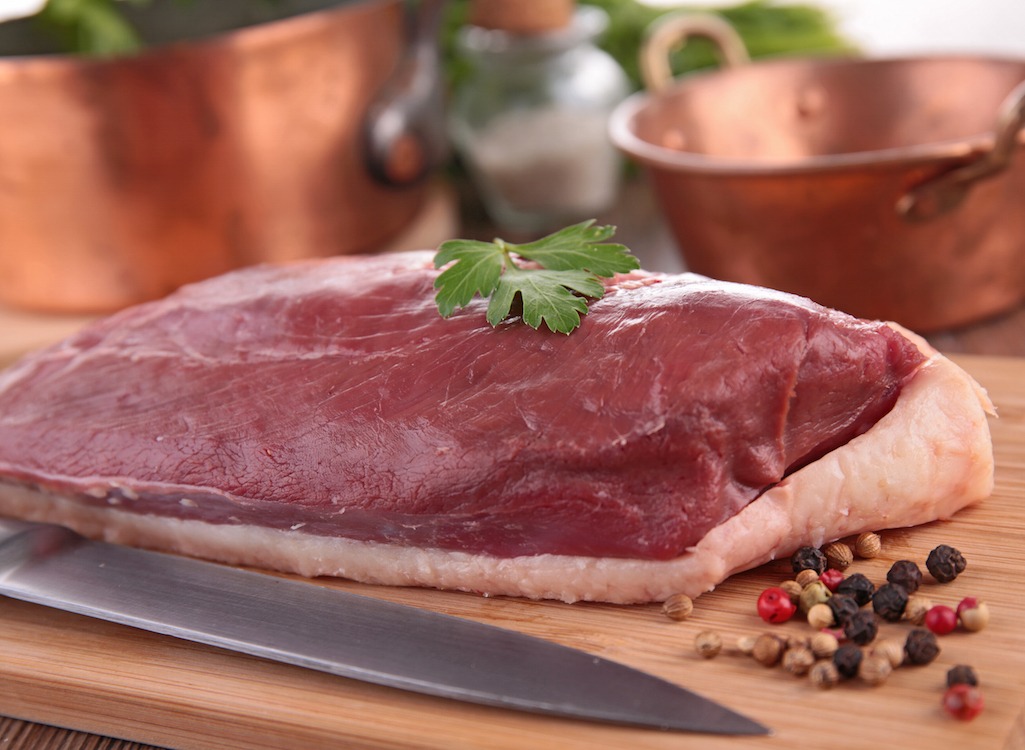
Sources: Duck, chicken, halibut, wild salmon, eggs (yolks), beef
What it does: Like EPA and DHA, arachidonic acid (AA or ARA), is a precursor that is metabolized into a wide range of biologically important acids. Supplementation of AA has been shown to increase lean body mass, strength and anaerobic power in men. In a study at the University of Tampa, men who took ARA gained 1.62 kg lean muscle mass versus 0.09 for those who took a placebo. ARA also accounts for 10 percent of the brain’s fat content.
BAD GUY: Linoleic Acid
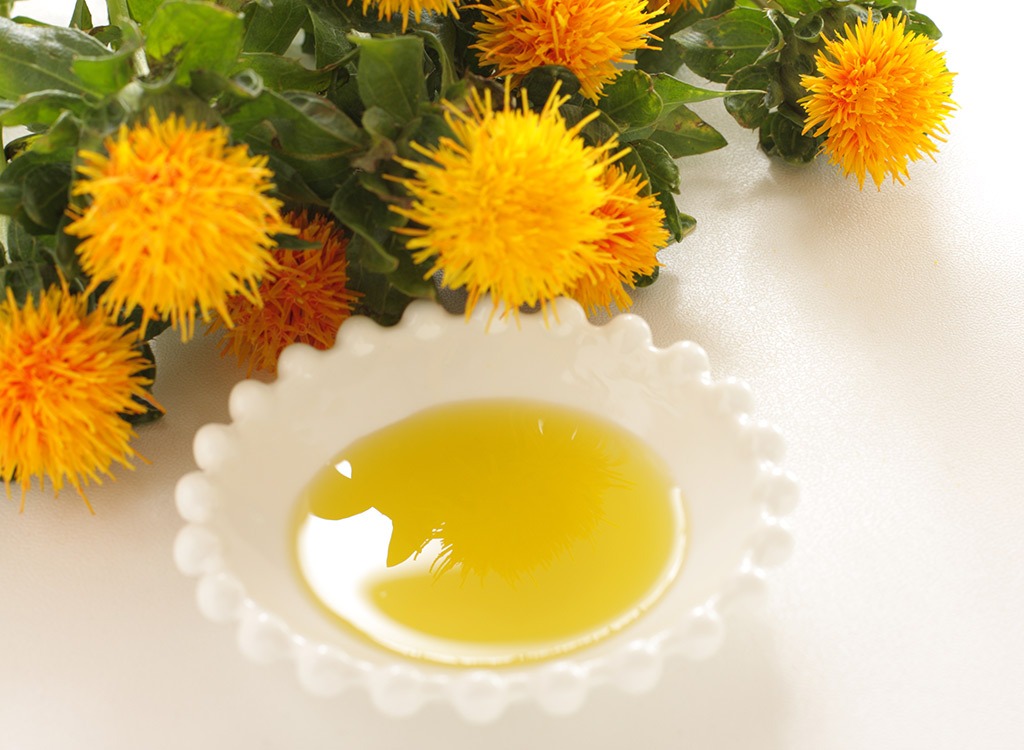
Sources: Soybean oil, safflower oil, corn oil, poppyseed oil
What it does: An omega-6 fatty acid, linoleic acid accounts for 85 to 90 percent of the omega-6 fatty acids in our diet. In a review in the journal Nutrition, researchers reported that linoleic acid has been shown to be possibly adipogenic, which means it promotes fat storage in our bodies. On the other hand, the omega-3, alpha-linolenic acid (ALA), may promote lipid oxidation.
Trans Fats
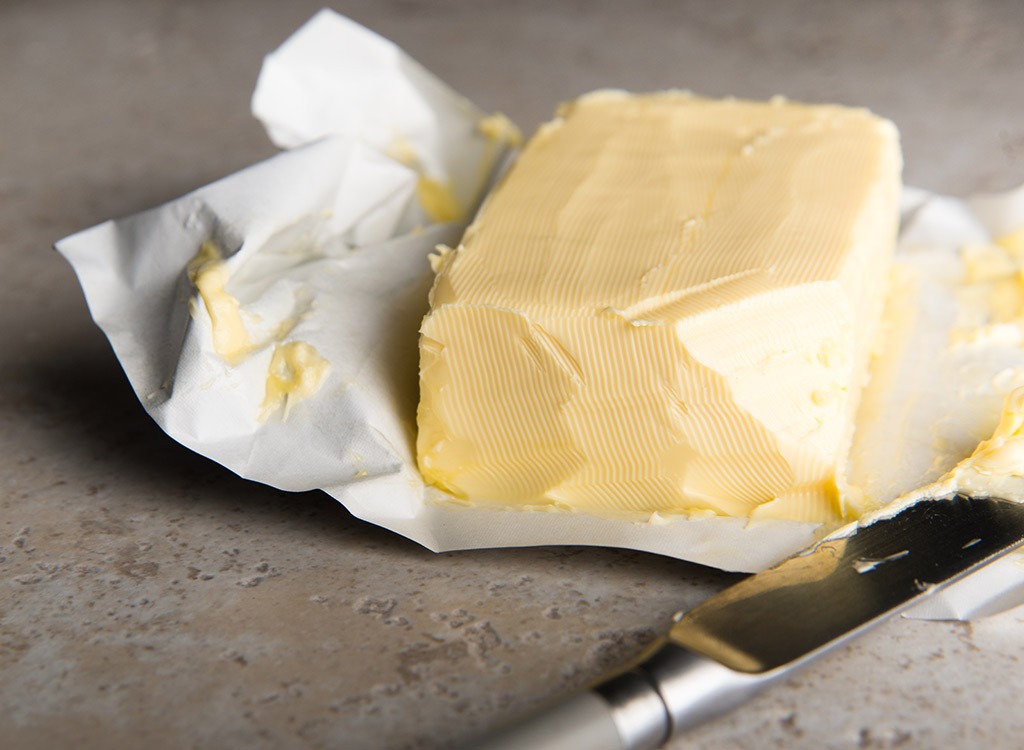
The other orientation of unsaturated fats is “trans” where the fatty acid chain splits off in two different directions at the kink of the double bond. Trans fats can either be monounsaturated or polyunsaturated fats—the categories we saw above—but they’re also categorized in a way that’s unique to this class: conjugated (naturally-occurring in animals) or nonconjugated (industrial or artificial). As you’ll soon see, some trans fats you need to steer clear of, but others can provide some benefits.
GOOD GUY: Conjugated Linoleic Acid
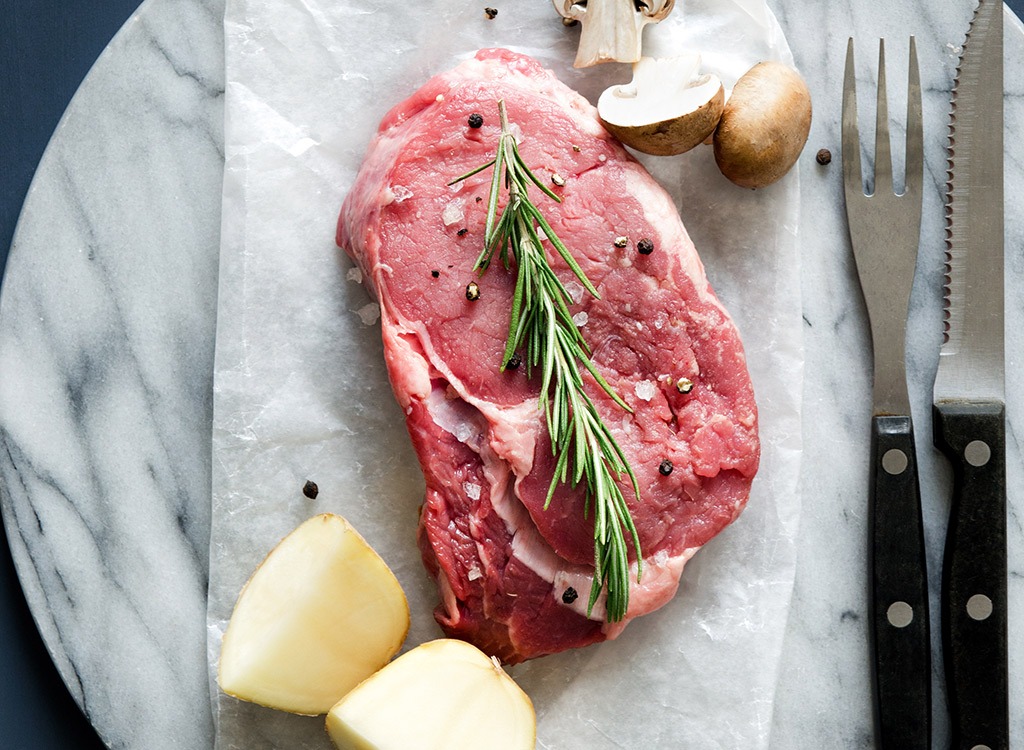
Sources: Grass-fed beef and grass-fed dairy, turkey, lamb, veal
What it does: Naturally-occurring trans fats, like conjugated linoleic acids (CLA), are produced in the guts of cows, turkeys, and lamb (but not chickens or pigs) and hence the foods made from these animals (e.g., milk products and meat). A review of 18 studies of human subjects in the American Journal of Clinical Nutrition found that CLA produces modest reductions in body fat in humans. It’s also a powerful antioxidant, and may be protective against heart disease, cancer, and diabetes. Grass-fed beef contains an average of two to three times more CLA than grain-fed beef, which makes it one of the 25 Best Foods to Eat for Muscle Definition.
SUPER BAD GUY: Partially Hydrogenated Oils
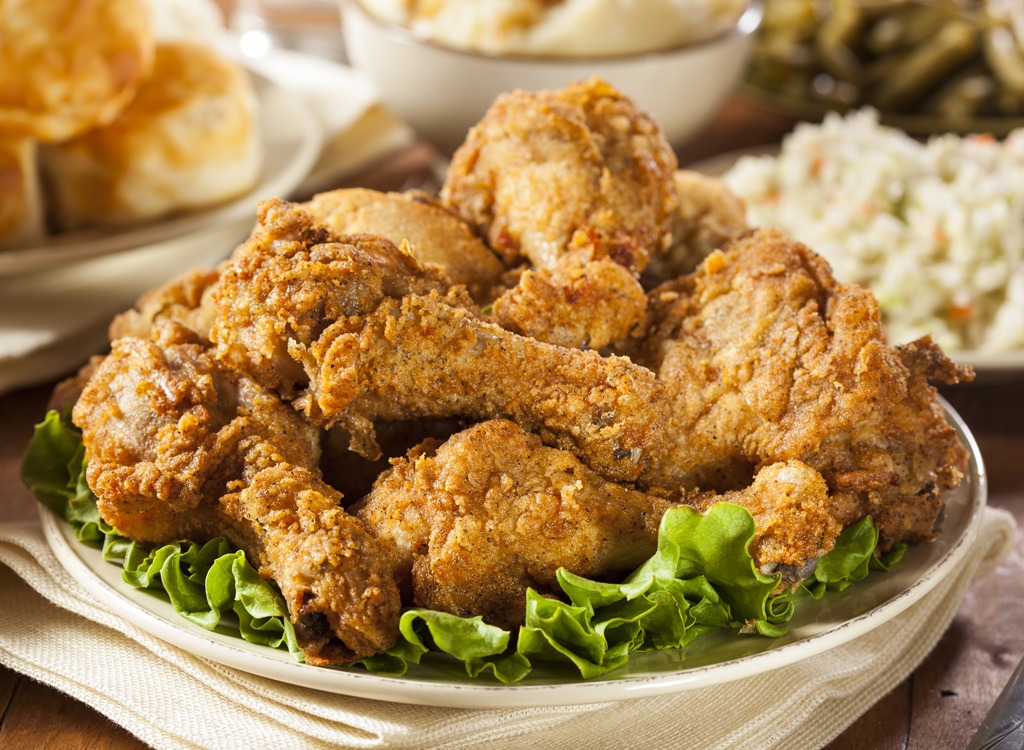
Sources: Fried foods, baked goods, shortening/margarine
What it does: Several decades ago, scientists discovered that if they injected vegetable oil with hydrogen via “partially hydrogenating” the oil, it would turn solid—and stay that way, even at room temperature. Unfortunately, these unconjugated trans fatty acids (which are primarily made up of a fat called elaidic acid) also tend to turn solid once they’re inside your body, where they jam up your arteries, including those in your brain. This man-made fat is now banned by the FDA because it’s been shown to increase the risk of heart disease (by increasing LDL and decreasing HDL), weight gain and stroke, while diminishing memory—making it one of the worst foods for your brain.
BAD GUY: Vaccenic Acid
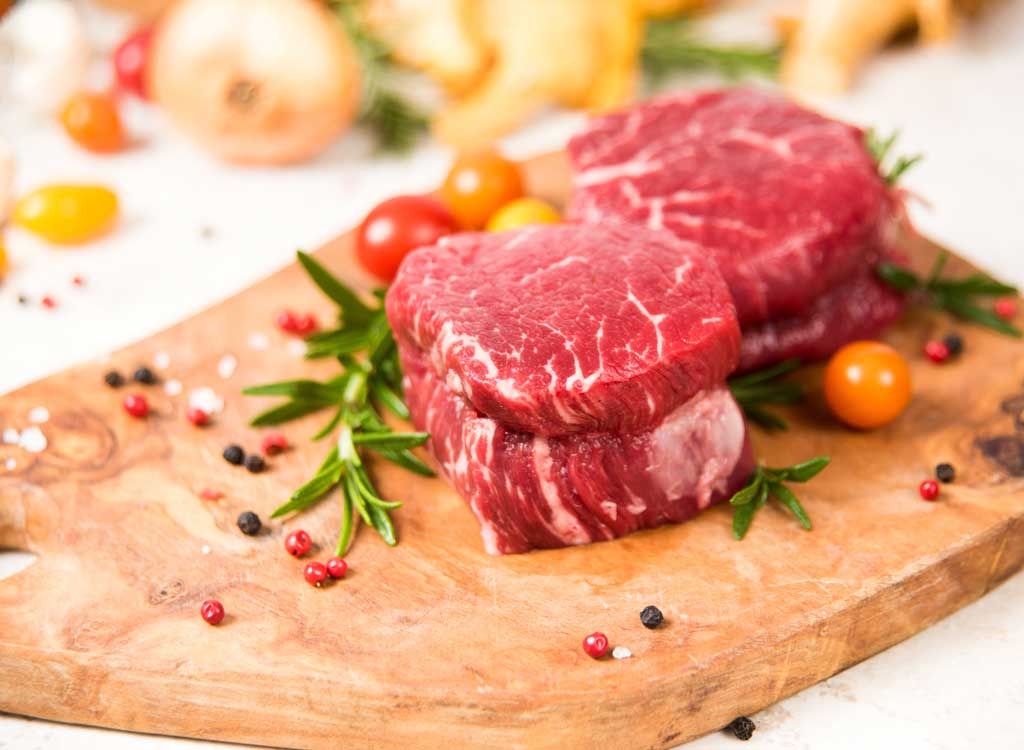
Sources: Grass-fed beef and grass-fed dairy, turkey, lamb, veal
What it does: Even though this type of trans fat is naturally-occurring, it may be just as bad as the industrial fats—which is why manufacturers have to include it on their Nutrition Facts Panel under “Trans Fats” alongside the fake stuff. (Interestingly, the “good” trans fat, CLA, is not included because it does not fit the FDA’s definition of a trans fat.) According to a study published in the American Journal of Clinical Nutrition, both industrial trans fats and vaccenic acid (VA) increase LDL cholesterol. However, it isn’t all bad news; VA also moderately increases HDL cholesterol, whereas industrial trans fats did not. Although this natural trans fat may not be the best for your health in equal amounts to industrial trans fats, luckily, we don’t consume as much of it. Industrial trans fats can make up to 9 percent of our total energy intake whereas these naturally-occurring trans fats rarely exceed 0.5 percent, according to a review in Nature Reviews Endocrinology.
